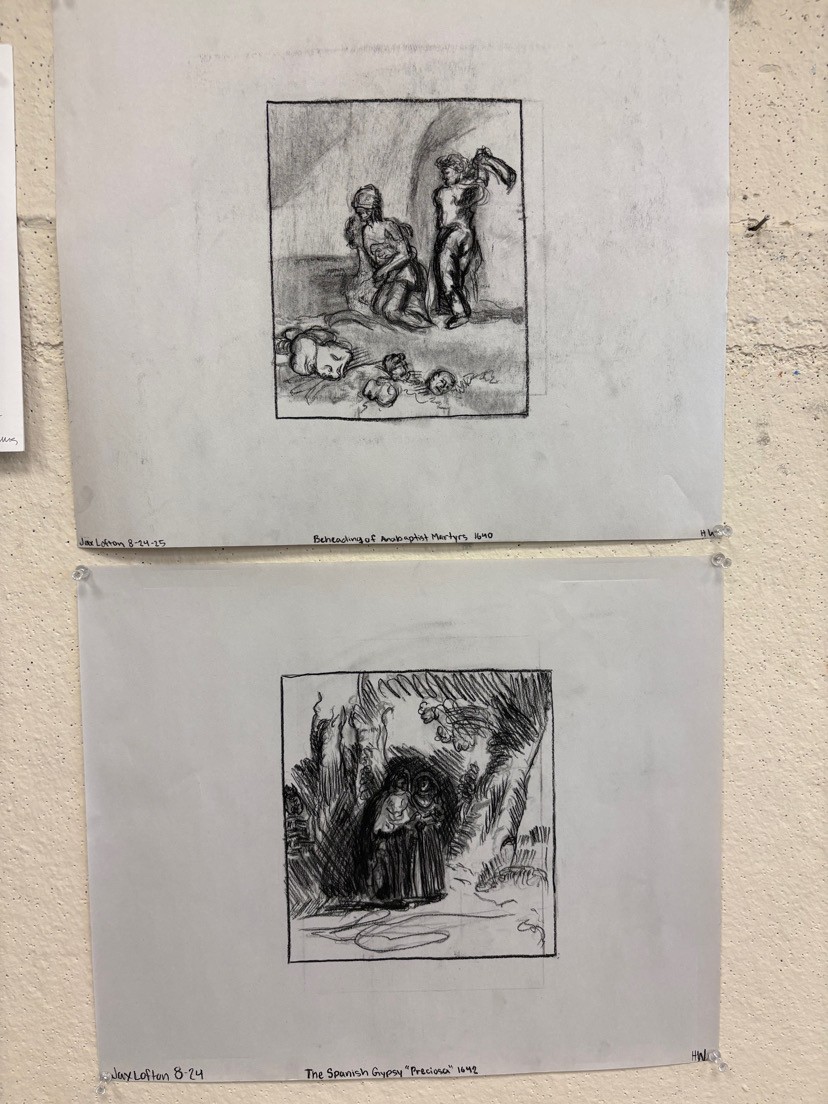Researchers at UC Berkeley have created an innovative material, COF-999, designed to capture carbon dioxide directly from the atmosphere. This breakthrough could contribute to cleaner air and play a vital role in combating climate change.
Carbon dioxide is a greenhouse gas. A greenhouse gas is any gas that contributes to global warming by trapping heat in our atmosphere. This gas is mainly released by burning fossil fuels, like coal and oil. Scientists around the world have been exploring ways to reduce greenhouse gasses since the nineteenth century. COF-999 is designed to capture carbon dioxide in an energy-efficient and effective way, making it promising for future climate change solutions.
What sets COF-999 apart is its ability to capture carbon dioxide without needing high energy to work. Many materials designed for carbon dioxide capture require high heat, which uses lots of energy and is costly. COF-999, however, only needs a temperature of 60°C to release captured carbon dioxide and get ready to absorb more. This lower temperature means less energy is used, making COF-999 an affordable option for capturing carbon dioxide repeatedly. The temperature is also not enough to degrade COF-999, which makes the material reusable.
Testing showed that COF-999 could capture and release carbon dioxide through 100 cycles without losing its efficiency, meaning it could work well outdoors for long periods of time. The team tested the material for over 20 days in the open air in Berkeley, California, where COF-999 proved its durability by keeping up with variations in carbon dioxide levels and humidity.
“Even though some materials have a higher capacity than ours, they are not cyclable – they might cycle up to 10 times and then that’s it,” said Omar Yaghi, a chemist involved in the discovery of COF-999. “We cycled 100 times and we didn’t see any degradation of behavior which then, by extrapolation – because we’re not losing any capacity – you can tell that this material is going to go a long way … thousands and thousands of cycles.”
The Berkeley scientists used a special type of chemistry called covalent organic framework (COF) chemistry to create COF-999. This process allowed them to build a material with tiny holes, or pores, which act like “traps” that capture carbon dioxide particles from the air. In tests, COF-999 captured up to 2.05 millimoles of CO₂ per gram of material, which is a high rate for carbon capture materials, especially under realistic outdoor conditions with humidity. Unlike other materials, COF-999 works well even in humid conditions, which is important because water in the air can disrupt the capture process.
The new COF-999 material shows that small changes in how materials are designed can lead to big improvements in capturing carbon dioxide from the air. Scientists believe that this new material could eventually be used in machines that remove carbon dioxide from the atmosphere, helping meet global climate goals.
Researchers in environmental sciences are very hopeful about the material. Dr. Shohreh Hemmati from Southern Miss, a nanochemist with applications in green chemistry, expressed her optimism toward the material.
“The development of COF-999 by researchers at UC Berkeley feels like a critical step toward addressing one of the most pressing environmental challenges of our time, climate change,” Hemmati said. What impresses me most about COF-999 is its energy efficiency and durability.”
Hemmati also explained that the material operating in comparatively lower temperatures would mean the use of less energy. She expressed that the material being able to be reused for over 100 cycles made her optimistic about large-scale carbon capture.
With COF-999, researchers have taken an important step toward more affordable and effective ways of reducing carbon dioxide in the atmosphere, which could lead to a healthier, cleaner planet.

























